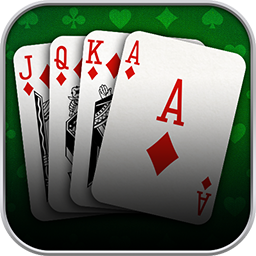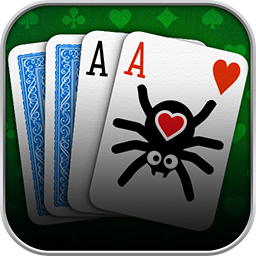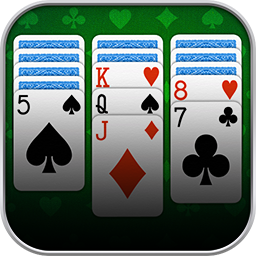Bringing Cards Into Play
In Ancient Egypt and Mesopotamia, playboards, tokens, dice, and calendar cards were already known. But playing cards made of paper or cardboard are more recent.

We find their first traces in 12th century China and Japan. Via India, the Persian Empire, and the Arab world, playing cards eventually came to Europe. The first European accounts of playing cards date back to the 14th century:
A court in Bern, Switzerland, vilified a deck of cards as a “prayer book of the devil” and consequently banned it in 1367. Prohibition was attempted for a couple of decades but did not have much effect.
Designs of card decks, some very valuable ones, are passed down from the 15th century. Often, prominent artists of their time painted them, which rendered each card set one of a kind! The resulting costs made the vice and virtue of card games accessible mainly for the well-to-do. Among others, a guild of card painters was founded in Nuremberg, for example, with excellent reputation until today.
The invention of the woodcut and constant improvement of printing technology made the formerly expensive playing cards accessible to the common people. That led to the victory of the joy of playing cards in Europe. By the end of the 15th century, Lyon blossomed out as one of the most important card game production centers. And French playing cards remain prominent until today. Soon, tax authorities demanded their share: A tax was imposed on playing cards in France already in 1583.

Solitaire’s Origins
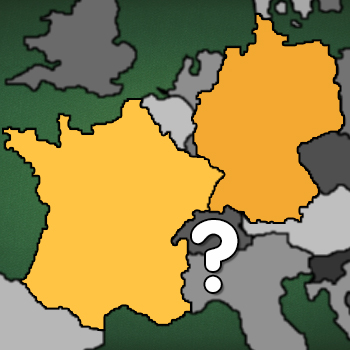
Call them solitaire games or patience games when in Europe, their roots are not fully known: Some scientists assume France as its place of origin. Others locate it in Germany or Scandinavia.
Legend has it an imprisoned nobleman with nothing else to do and a deck of cards at hand waiting for his execution during the French revolution began playing Solitaire to pass the time.
The game supposedly spread among other prisoners and from there somehow reached the homes of the well-to-do, who had playing cards and plenty of time to pass, as well.
The earliest written proof for patience games is provided by a book published in 1788 in Germany, a collection of rules for different games. The book’s title translates to The new Royal l’Hombre, which refers to a popular, most likely Spanish card game at the time. That game strongly influenced the history of card games in Europe. A chapter of the book, titled Patience, explains a single-player card game. Our manual explains the modern Solitaire rules at the Palace. Have a look!
The French term patience came to the English language, describing endurance and longanimity. The word solitaire was incorporated into English from French, too, as solitary meaning alone. These terms fittingly define the course of the game: You do not need fellow players to play the game. But you do need a lot of patience. The challenge lies in the mental exercise of resolving the constellation of cards: You compete with the system.
Going Solo
The book described above defines Patience as a game for two people, with only one active player. So, apparently, patience games have not always been single-player games. The passive person could bet for or against the player, and they would switch after one round. There is no source on when or why this element disappeared, and Solitaire became a true single-player game. It seems likely that players individually practicing their skills prompted this change.
The Rise and Boom
Plenty of uncorroborated narratives about famous Solitaire players circulate. For example, Napoleon allegedly played the game a lot in his exile in Saint Helena. That cannot be proven, and it does not seem very likely as Napoleon would have probably opted for a more contemporary game of the early eighteen hundreds.
But Solitaire indeed gained momentum in France and England by the middle of the nineteenth century. And our modern solitaire games started emerging one hundred years later. Many books describing even more Solitaire variations were written in that era.
In the 1980s, Solitaire began its extraordinary triumph. And that had everything to do with the first personal computers’ (PCs) development.

To understand the connection, we open up the scope a little bit: Solitaire comes with an elaborate preparation phase for dealing the cards. During play, revealing and moving the cards follow specific rules. These tasks can take away some of the game’s fun. This is where the PC comes to the rescue! Quickly and accurately, it takes care of these monotonous tasks. Suddenly, the cards automatically move across the screen at the press of a button. And the players were left with the addictive essence of the joy of playing.
Global Popularity With Windows
Aesthetic, digital implementations of Solitaire already existed for the C64 or Amiga 500. But Microsoft’s operating system brought about worldwide success and popularity.
Microsoft wanted to add a couple of games to their basic version of Windows 3.0. Alongside the popular Minesweeper, they chose Solitaire, which an intern was working on at the time. They aimed to get users acquainted with the mouse and the concept of drag and drop, which were still new in 1990 when Windows 3.0 was released.

Since then, until 2013 with Windows 8.1, Microsoft always included Solitaire with the operating system, which lead to the game’s high profile.
Microsoft Windows Solitaire was installed on more than an estimated billion computers. Today, it is a distinct brand, and many Windows users probably think that the game’s original idea and development go back no further than to Microsoft.
In May 2019, Microsoft Windows Solitaire finally made it to the World Video Game Hall of Fame. We think: Rightfully so!
Solitaire as a Multiplayer
So much for the past. Now, we take a look at the present and the future! At the Solitaire Palace, we want to make Solitaire a group experience. At the same time, we preserve the game’s distinct features: playing calmly, challenging yourself, and the fun of pondering.
If you wish, you can socialize with players across the globe while playing. Everybody faces the same challenge at a table at the Palace: At the beginning of a round, all players are dealt the same setup.
Then, each player resolves their game individually. Their moves score positive or negative points. Both efficiency and speed are vital if you want to maximize your points. Consequently, the players’ approaches to solving the game are comparable. The player gaining the most points wins!
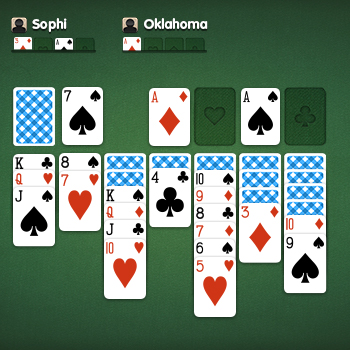
See for Yourself
Join the ongoing history of Solitaire games and give our innovative take on Klondike Solitaire a try. We hope you will enjoy our game and welcome you to our Solitaire community!

